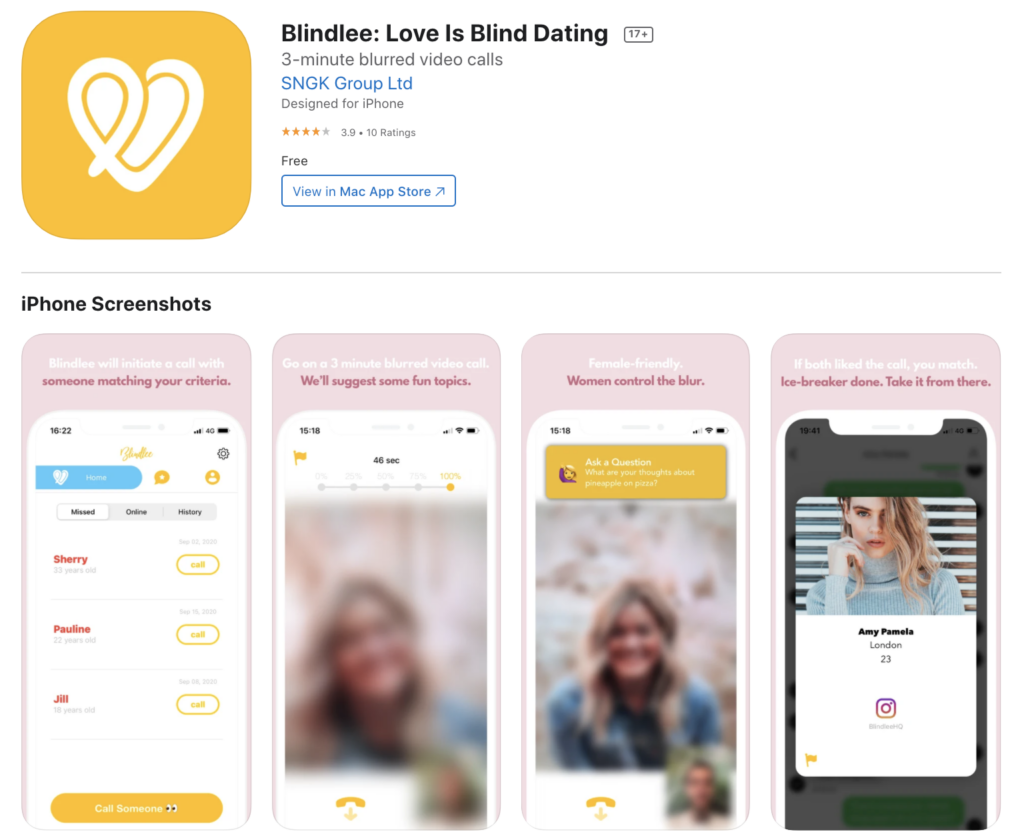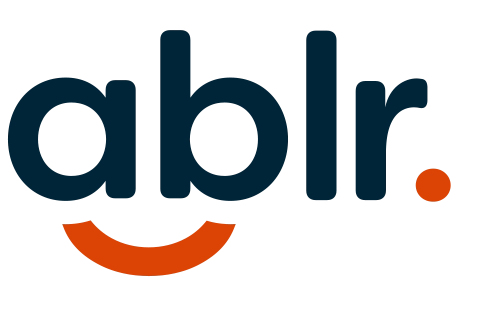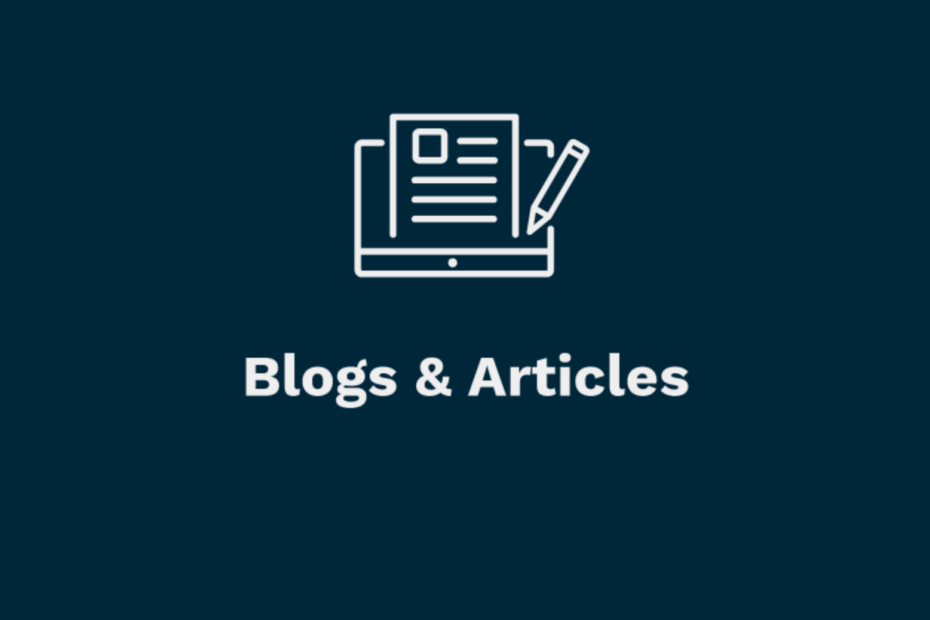By Shannon Garner
With Valentine’s Day rapidly approaching and the pandemic still going strong, it’s been hard for “love connections” to happen. A lot of people have had to resort to online dating in lieu of in-person courting. According to Statista, 30.4 million people use dating apps in the United States. But there’s a large percentage of people looking for love who aren’t able to begin a digital romance because these apps aren’t digitally accessible. Did you know that 26% of our population has some kind of disability?

Now is the time to make sure your app is accessible, and it’s important that you’re not missing out on that business. You need to ask yourself: Is a person with a disability able to access their inbox messages? Do they get a written description of the person’s profile picture that they are looking at? Are people with disabilities able to access all the active elements on the app? These are some things that you should ensure people with disabilities are able to do.
During my investigation of various dating apps currently on the market, I’ve found a lot of disturbing things. Turns out that most of them have some serious accessibility issues, and are pretty difficult to use.
The most damaging of these issues are unlabeled elements such as buttons, images, and links. It is extremely important to make sure that you have correctly labeled elements, and those elements do exactly what they’re supposed to do.
For example, what if we have a profile link for John and we would like to select it to learn more about him. How is it possible that the link to John’s profile says Jack instead? How is it possible that when we try to click on the link nothing happens? Or what if we are able to click on the link, but it takes us to the profile for Jimmy. These are things that should not happen. Not only is it bad practice to have an inaccessible app, but it’s also bad business. Do you really want to miss out on the additional clients if your app was accessible to everyone?
By the way, in writing this post, we came across a dating app called Blindly. No, it’s not for people who are blind or visually impaired. In fact, it’s the opposite and quite ironic if not offensive to some people. This app uses the notion of going on a blind date and creating the first impression as a blurred video so you don’t “judge a book by its cover.” Wow.

Moral of the story: if you’re providing a service, you have to make sure that service is available to everyone. Accessibility should always be considered in the designing stage of any new venture, but as we can see, that’s not always the case.
A lot of people out there may not know what we mean by “making your app accessible” and need assistance with learning more about accessibility. That my friends is why Ablr is here, and we are more than happy to help.

